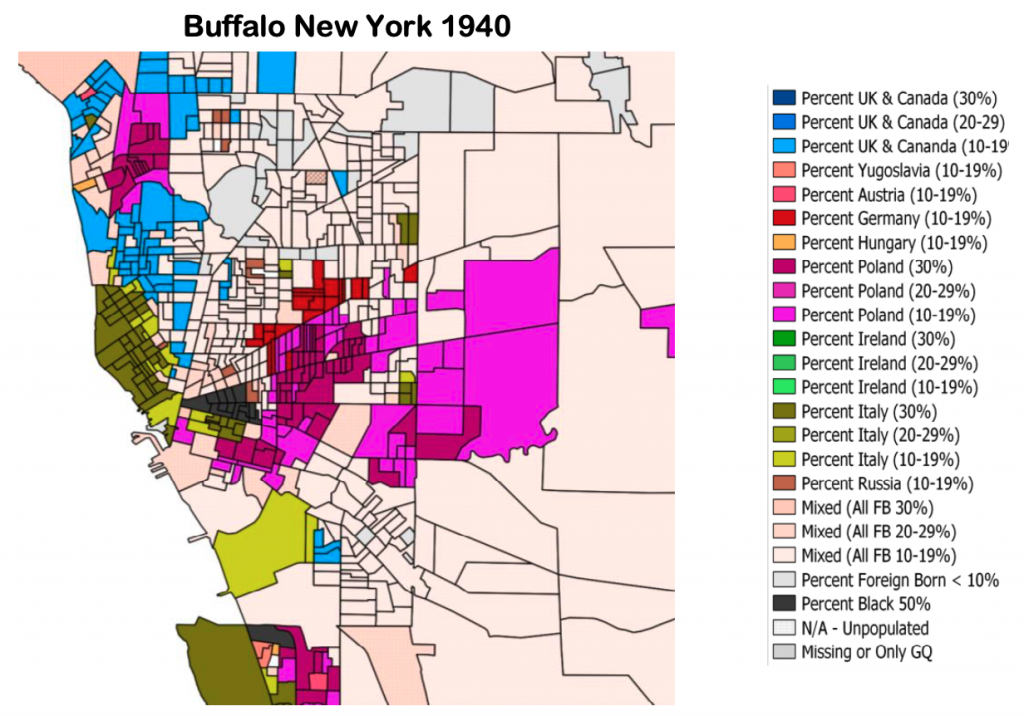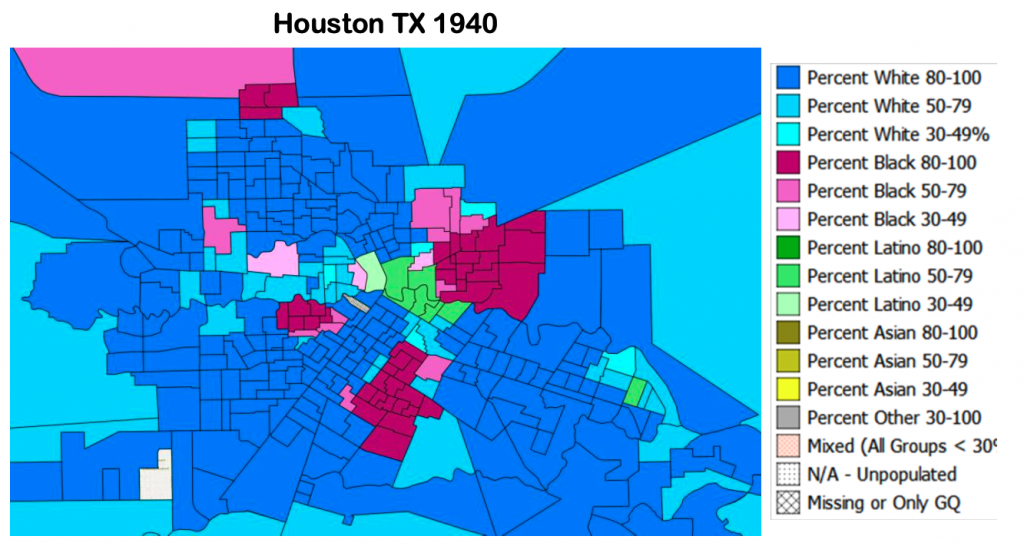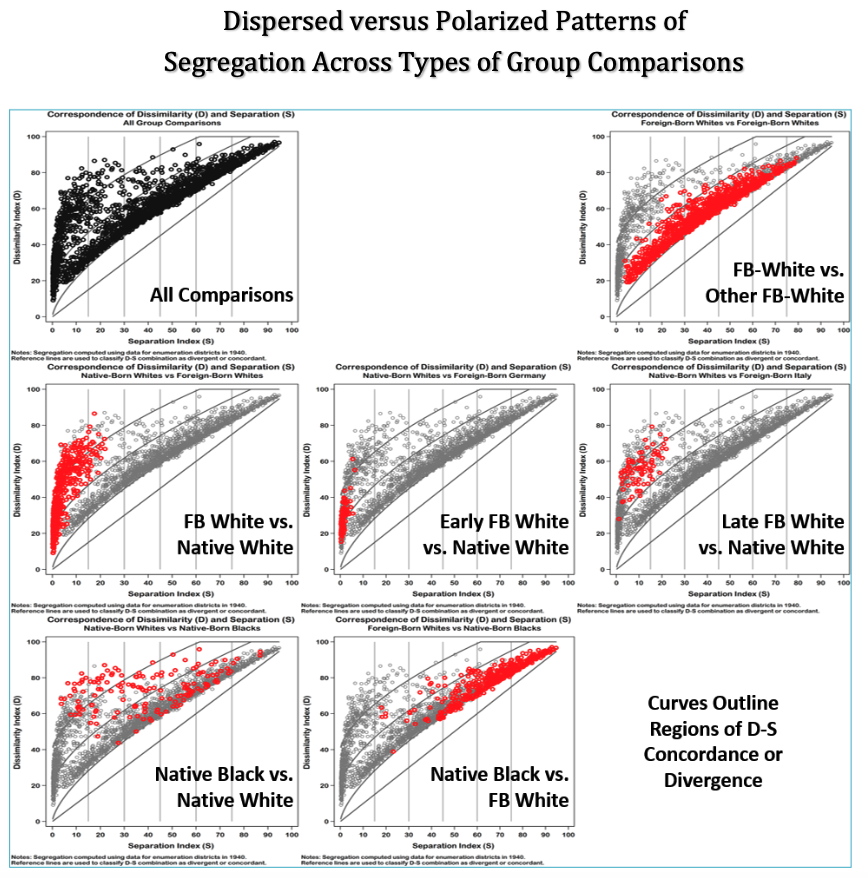Sociology Colloquium, 11/4/2020
Residential Segregation of Racial-Ethnic Groups in 1940: Findings and Opportunities Based on Analyzing Restricted Microdata
Dr. Mark Fossett, Texas A&M University
I will present selected findings from research in progress investigating residential segregation of racial-ethnic groups in US urban areas in 1940. The research draws on a rich new data source – restricted IPUMS microdata files from the 1940 US decennial census. These data permit refined quantitative analysis of the level and nature of segregation for European immigrant groups and racial minority groups in US urban areas in 1940 not previously possible. I will review findings from analysis of segregation patterns for more than 2,400 pair combinations involving Native-Born Whites, Foreign-Born Whites by country of origin, and Native-Born Non-White groups.
Segregation patterns for this era have never been studied quantitatively due to limits of available data, methods, and computing power. Old assumptions about patterns circa-1940 and before are often based on thin empirical analysis. Analysis using restricted microdata for 1940 yield interesting findings regarding both the levels and the forms of segregation patterns and how they vary across group comparisons. Some may find selected results surprising: (1) White- Asian segregation in 1940 is much higher than that seen today, (2) White-Black segregation is surprisingly low in many metro areas and often follows a pattern different from what most would presume, (3) European immigrant populations have moderate-to-low segregation from native-born whites, but very high levels of segregation from native-born blacks and from each other, and (4) Due to back-alley segregation patterns, some patterns of white-minority “integration” are deceptive and involve white-minority contact between high-status whites and lower status minority households (e.g., domestic service workers).
I will devote a portion of my presentation to reviewing opportunities students have to conduct leading edge research on residential segregation using historical IPUMS microdata and contemporary restricted microdata files available through in the TXRDC.
The distinction between dispersed and polarized patterns of segregation is important, but it is not widely appreciated. Under polarized displacement from even distribution groups are separated into ethnically homogeneous neighborhoods. This is a prerequisite for segregation to have important implications for group stratification. It is generally assumed but in fact it is not always present. Instead, segregation may involve dispersed displacement from even distribution wherein some segregation indices take high values but close analysis reveals the groups generally live together and experience similar neighborhood conditions. These two patterns vary across group comparisons.
Fossett, Mark. 2017. New Methods for Measuring and Analyzing Segregation. Cham: Springer.
November 4, 2020
Wednesday, 12–1:30pm
Zoom session
Meeting ID: 944 4649 3967
Passcode: 927160
If you cannot join with video, you can connect to the Zoom session via phone: 1–346–248–7799



